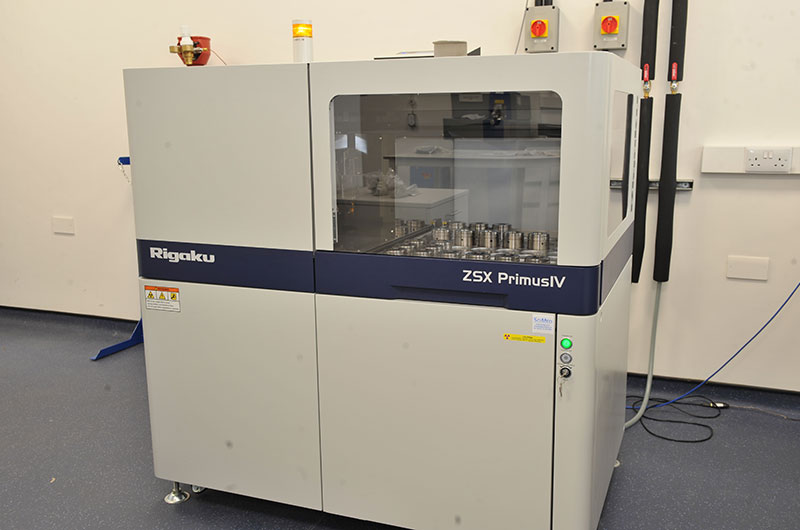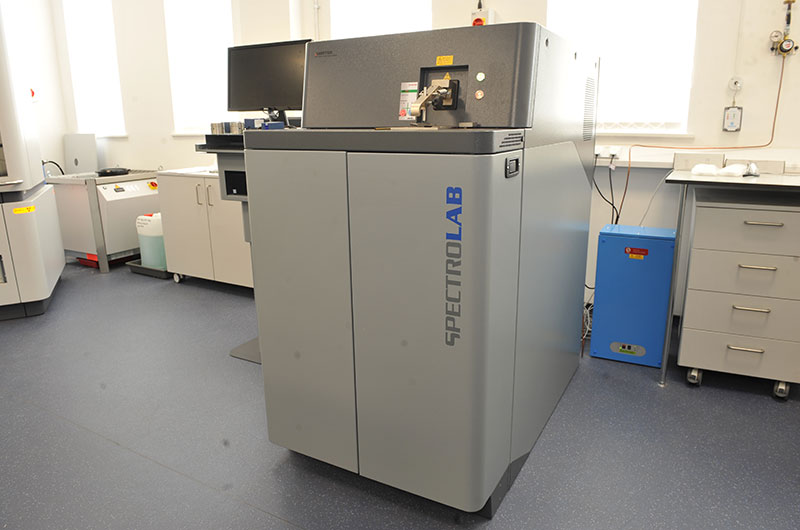Equipment Guide > Analytical Chemistry
Analytical chemistry is carried out using equipment and techniques to separate, identify, and quantify materials.
This is done using a suite of analytical instruments providing quantitative analysis of materials. These instruments allow accurate analysis of light elements, ambient and high temperature crystallographic assessment, and elemental analysis on a wide variety of alloy bases.
Analysis
- X-ray diffractometry (XRD)
- X-ray fluorescence spectrometry (XRF)
- Optical emission spectroscopy (OES)
These instruments are also supported by a range of preparation equipment.
Key Features
- X-ray diffractometry (XRD) - To determine crystallographic structure of material, at temperatures up to 1600°C under vacuum, air, or inert atmosphere.
- X-ray fluorescence spectrometry (XRF) - That allows accurate analysis of materials, including metal powders and liquids, down to light elements.
- Optical emission spectroscopy (OES) - For elemental analysis of metal samples across a variety of alloy bases to high levels of precision.
Applications and Capability
- Method development and production of in-house standard for the accurate analysis of ‘new mixtures’ for which standard reference materials do not exist.
- Analysis of metal powder using XRF as an alternative to Inductively Coupled Plasma (ICP) testing.
- Mineral phase identification and quantification in materials from ambient to 1600°C using X-ray diffraction. Extensive knowledge of the assessment of phases in cement and slag materials.
- Development work on a variety of materials to better understand the structure, composition, and properties to support improvements in design and application.



